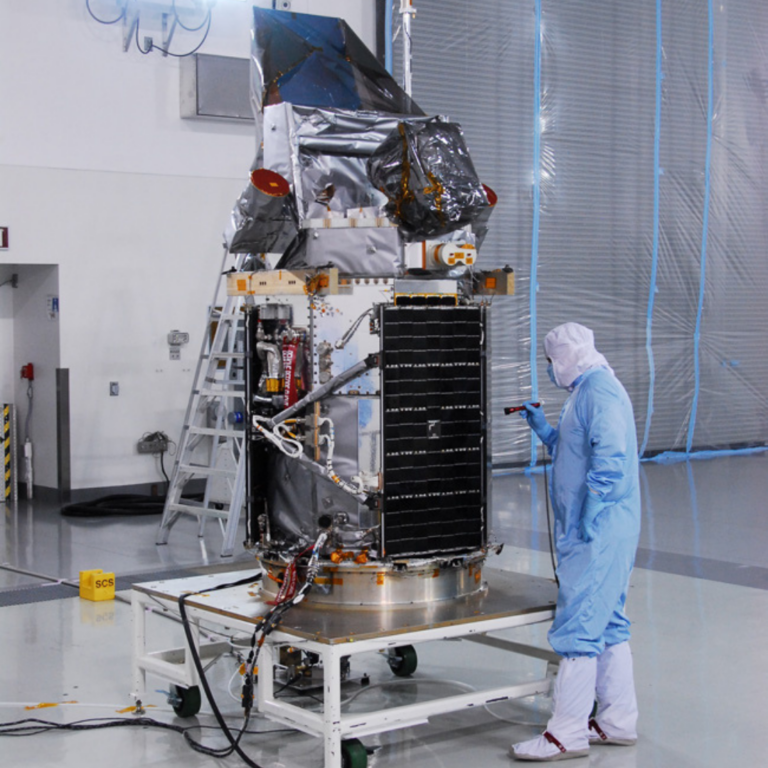Glory
Designed to monitor the Sun

The Earth’s energy balance and the effect on climate requires measuring black carbon soot and other aerosols, and the total solar irradiance. Glory was a low Earth orbit (LEO) scientific research satellite designed to achieve two major goals: Collect data on the properties of aerosols and black carbon in the Earth’s atmosphere and climate system to enable a greater understanding of the seasonal variability of aerosol properties and on solar irradiance for the long-term effects on the Earth climate record. The Glory mission launched from Vandenberg Air Force Base on Friday, March 4, 2011, but failed to reach orbit.
Mission Class:
Mission Status:
LASP Roles:
Science Target:
Mission Focus:

Launch Date: March 4, 2011
Mission Duration: Glory failed to reach orbit
Lead Institution: NASA
Partners: Raytheon Santa Barbara Sensing, Orbital Science Corporation
LASP provided the Total Irradiance Monitor (TIM) instrument.
TIM measures the total solar irradiance (TSI), the spatially and spectrally integrated solar radiation incident at the top of the Earth’s atmosphere. The TIM TSI measurements monitor the incident sunlight to the Earth’s atmosphere using an ambient temperature active cavity radiometer.
Glory’s goal was to collect data on solar irradiance for the long-term effects on the Earth climate record. Understanding whether the temperature increase and climate changes are by-products of natural events or whether the changes are caused by man-made sources is of primary importance.
